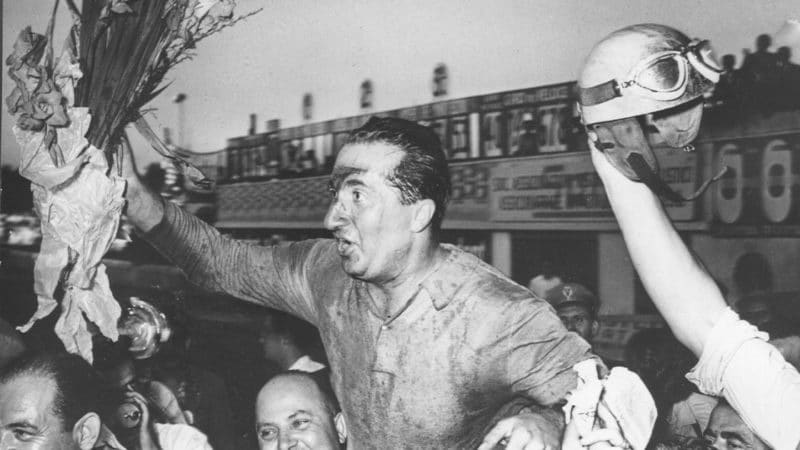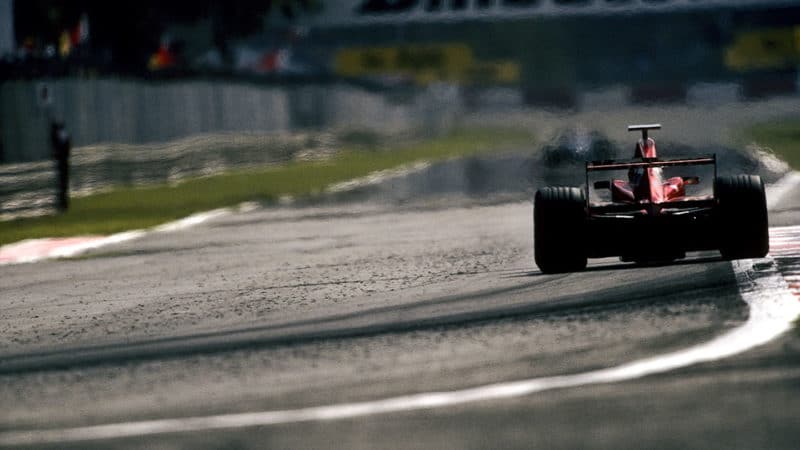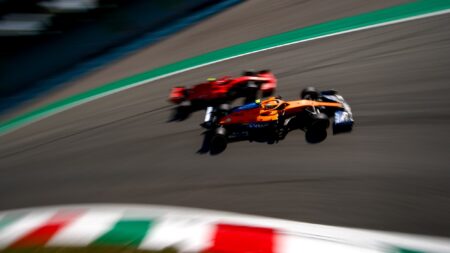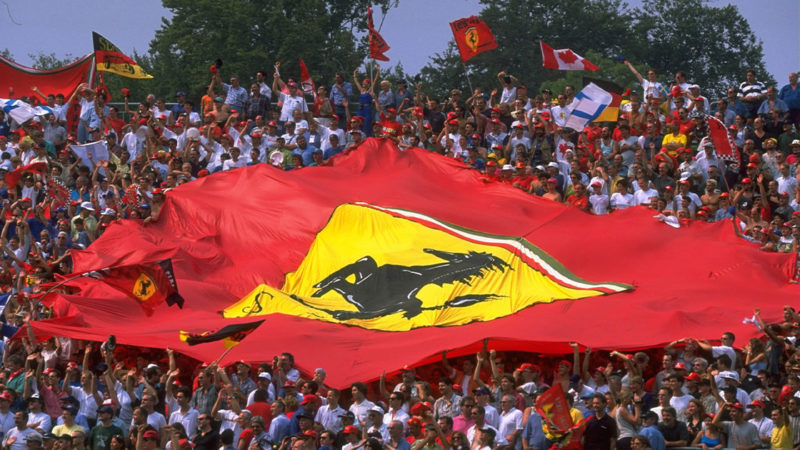I think what strikes me most when I visit Monza, or just watch the race on the television, is that for all the changes that have been made there, how little it has altered. Compare a diagram of the track in 1922 and another of how it is today and you’ll be stunned by their similarities. True, the banking is no longer used but it’s still there, while the Rettifilo, della Roggia and Ascari chicanes that have been added do little alter the layout of the track. Even Monaco is far more changed from its original form, while Silverstone and Spa – the only other circuits from the birth of the F1 championship still in use today – are barely recognisable.
And I guess because its essential character remains, of all the circuits I’ve visited, it’s the one where the ghosts most readily come out to meet you. Wander around the banking, goggling at the idea of Formula 1 cars actually racing here, and I think of Stirling in the moment where the steering of his Eldorado Special snapped during the 1958 ‘Race of Two Worlds’ or ‘Monzanapolis’. Although he emerged unharmed, to the end of his life he maintained that the feeling of utter helplessness, up there without steering at 160mph, was the most frightening experience he ever had in a racing car. And he had a few.

Alberto Ascari, one of many drivers killed at Monza, celebrates his 1951 Italian GP win
Getty Images
Yet ask me to name my ten favourite circuits and Monza would not be among them. I’m sure they’re out there, but I’ve never met a driver who’s said it’s the place he or she looks forward to driving most. Go online and look for polls for the greatest ever F1 race and of the few that name Monza, almost all point to that 1971 slip-streamer, achieved in an era when F1 cars had little to no downforce compared to what we see today.





